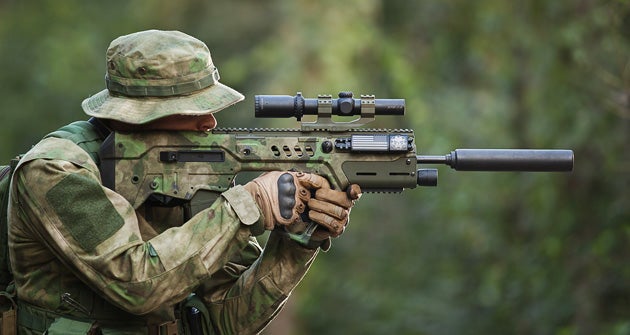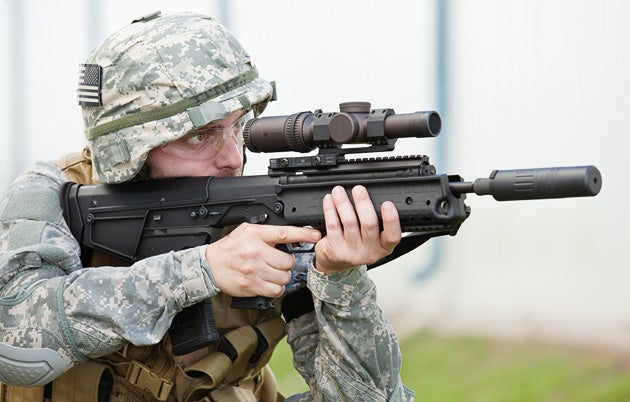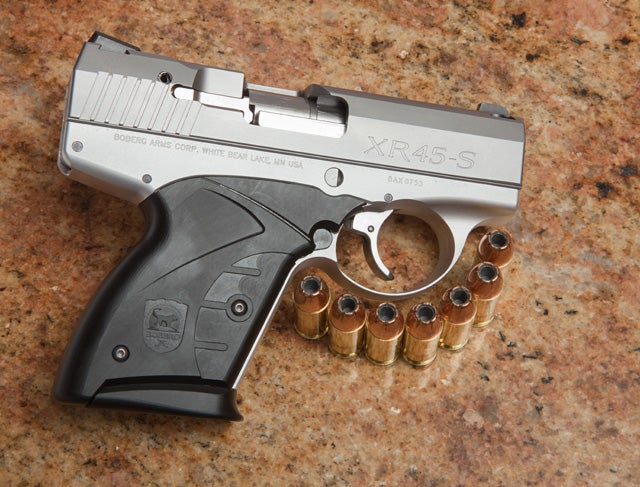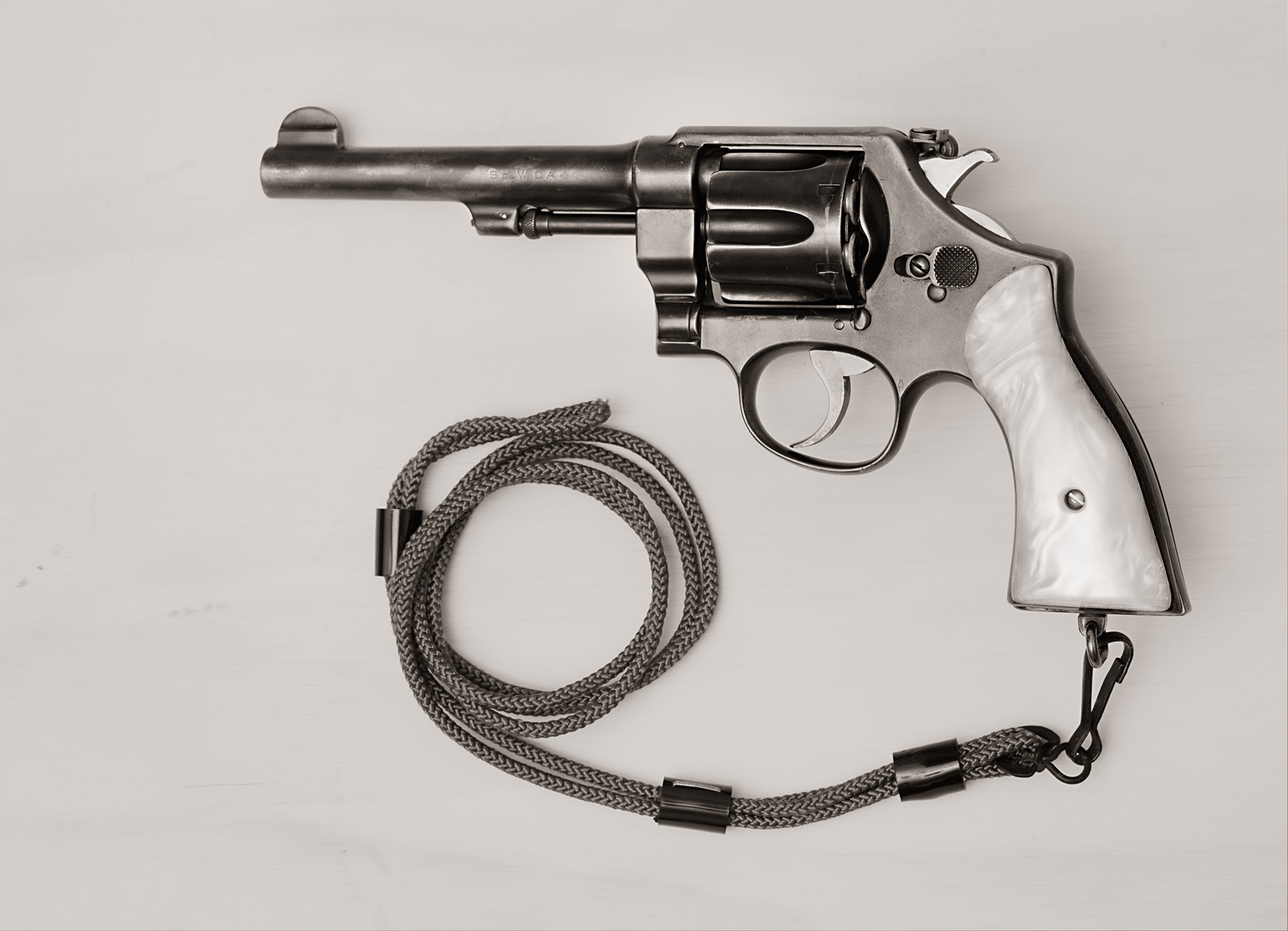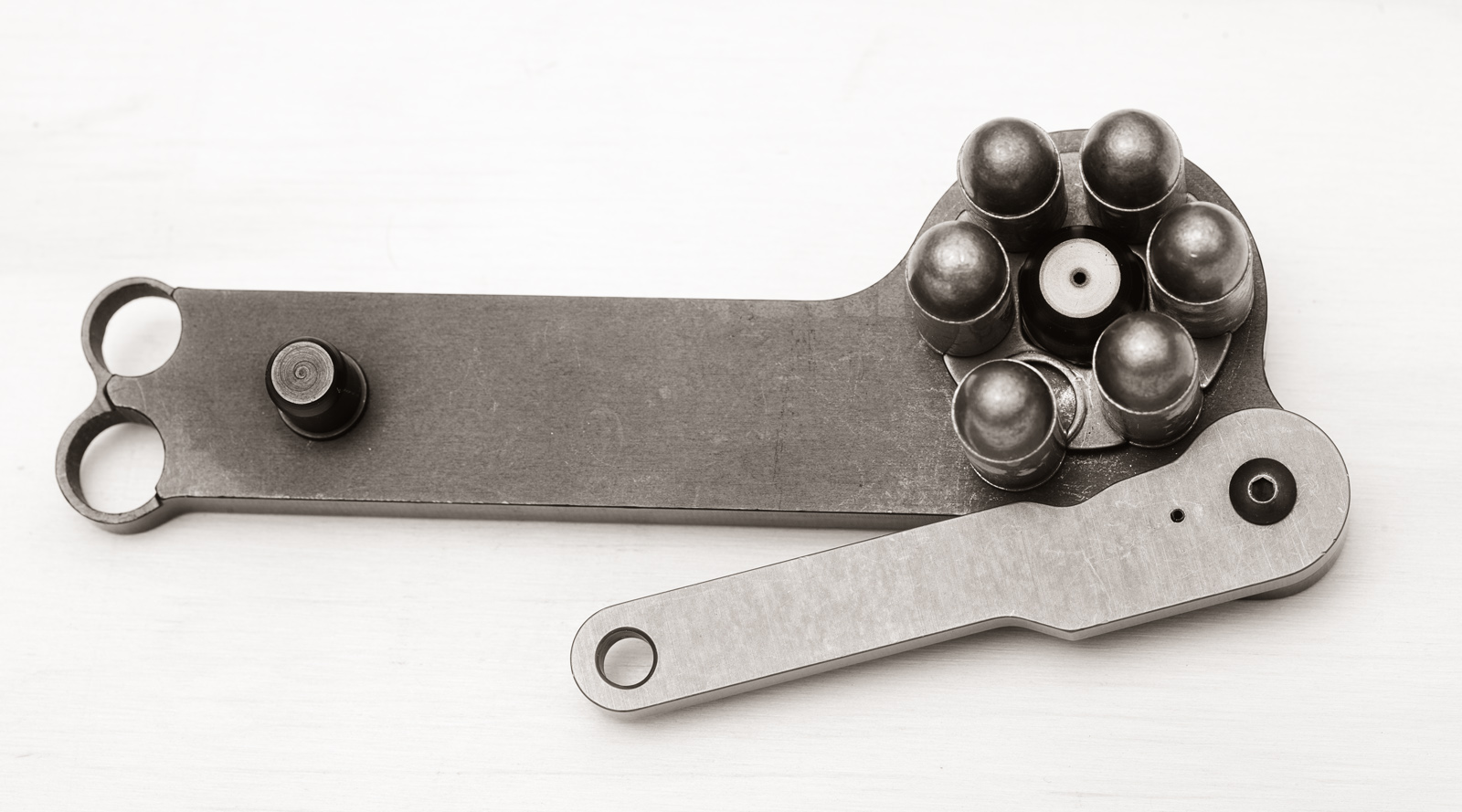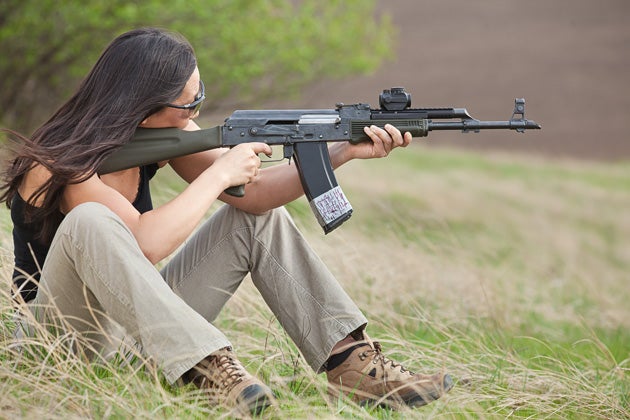One of the most famous martial arts, karate, evolved on Japanese-occupied Okinawa. While the current sport version concentrates on the empty hand style, the original used a variety of improvised weapons. They weren’t as good as swords or spears, but better than nothing. Despite the myriad of martial arts movies where lightning-fast reflexes prevail over curiously slow bullets, the real life Righteous and Harmonious Fists fell readily to them.

MMA, mixed martial arts, is a more intense discipline than most. People who fight in it, especially those good enough and determined enough to turn professional, are hardly unsure of their own ability to defeat opponents with bare limbs. And yet, most of them carry weapons. Perhaps the awareness of inadequacy of a single unarmed defender against a mob, or the disadvantage of a small woman against a large man, or of an empty hand against a hand with a knife makes them prefer a ranged defensive option. Grappling or ground-fighting work fine on mats, not so well over broken glass on pavement. Even a quick and accurate kick doesn’t help against a rifleman at twenty yards.

To be fair, most rifle training has a dojo flavor to it. Firing on highly visible targets at known distances, not using cover or concealment, not training in fire teams, all adds up to most people decent shots but not necessarily effective fighters. It’s a little less true for pistol training as force on force scenarios with Simunitions are more popular. Even with the many tactical limitations, firearm training makes a typical shooter more capable of defending herself than most conventional martial artists. In sum, firearms training is a type of martial art. It augments rather than replaces other styles. Because even a beginning firearm user can be credibly dangerous to attackers regardless of his physical condition, gun training should be considered the first choice for those of us who have lives outside of the dojo and can only afford so many hours every month to keep up the skills.








